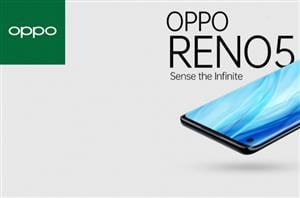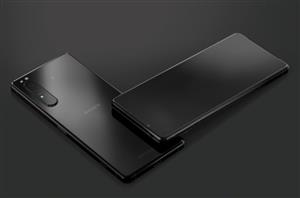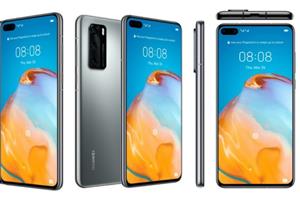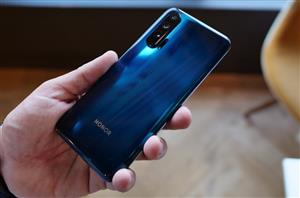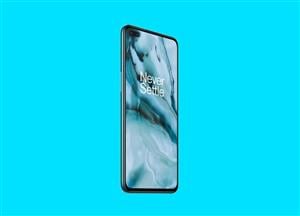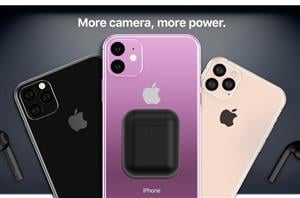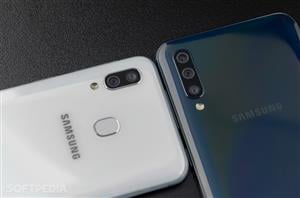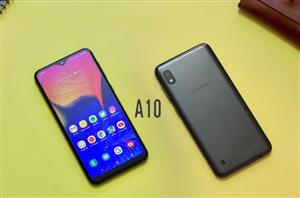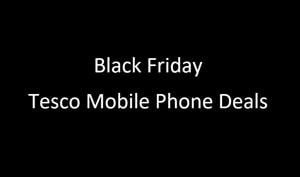Coronavirus NHS tracked and Trace Starts Today
- If you've turned on the news this morning you have no doubt heard that the NHSX app, which is used to trace coronavirus contact and warn people when they may have been exposed to the virus, is testing from today in the Isle of Wight, UK.
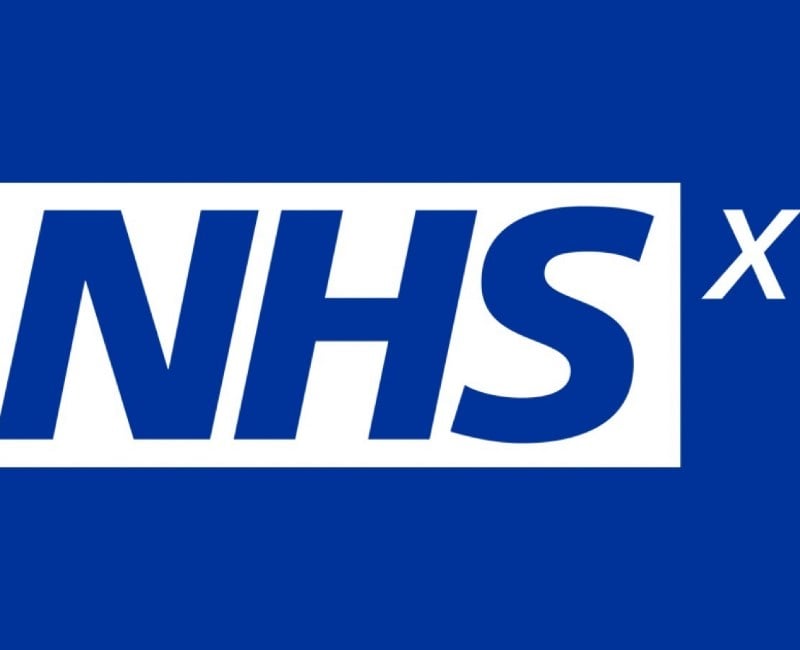
NHSX
(credit: We Love the NHS)
The initial app, a serious collaboration between Google and Apple, and the NHS, started on April the 10th, when they made a joint announcement that they were working on an API (application programming interface). This API would specifically allow both iPhone and Android devices to share the data needed, on an anonymous basis to enable this contact tracing as it has become known and it will use Bluetooth Low Energy.
However as is always the way for these government involved programmes there were fallings out, lots of issues and in the end the NH S confirmed it was not going to be using this new Apple/Google API collaborative system. The data will belong exclusively to the NHS, however the three companies will continue to work together to ensure that the app will meet its purpose and use Bluetooth Low Energy.
What Does it Do?
It doesn't really matter what handset you have, whether it's an iPhone or a Samsung Galaxy the app can be installed on both Android and iOS devices. It is totally anonymous, and basically you enter data and report if you have been having any symptoms of the virus. If this is the case any other users that have been in significant contact with you would be notified.
While this all sounds very complicated, the basic idea is that movements are tracked, so if someone reports that they have Coronavirus and you have been near them you will be alerted. You will receive alerts telling you for example to go straight home by the most direct route, to ensure you are two metres away from people, or to find a room where you can isolate yourself.
Privacy is Not Thought to be an Issue
You will be given a randomised user ID, the only identifying feature of which is the beginning part of your postcode, which obviously applies to thousands of other people in your area. So, you are not being identified in person to any other member of the public. However, the only reason this app can succeed is if people take it seriously and do as they are asked. It was thought that over 60% of the population needed to sign up to the scheme and use the app in order to ensure it works.
A new figure now suggests that 56% of the population would suffice, and this equates to 80% of all smartphone users. Of course, this potentially excludes a large portion of the population; people who do not have smartphones and people over 70 who have not even been included in the count.
The key message that the NHS is keen to pass to the country is to not be afraid of the app. It is not an invasion of privacy; you are not identifiable; but potentially it will allow the country to return to a more normal life sooner rather than later so you should use it when asked if you have the technology to do so.

